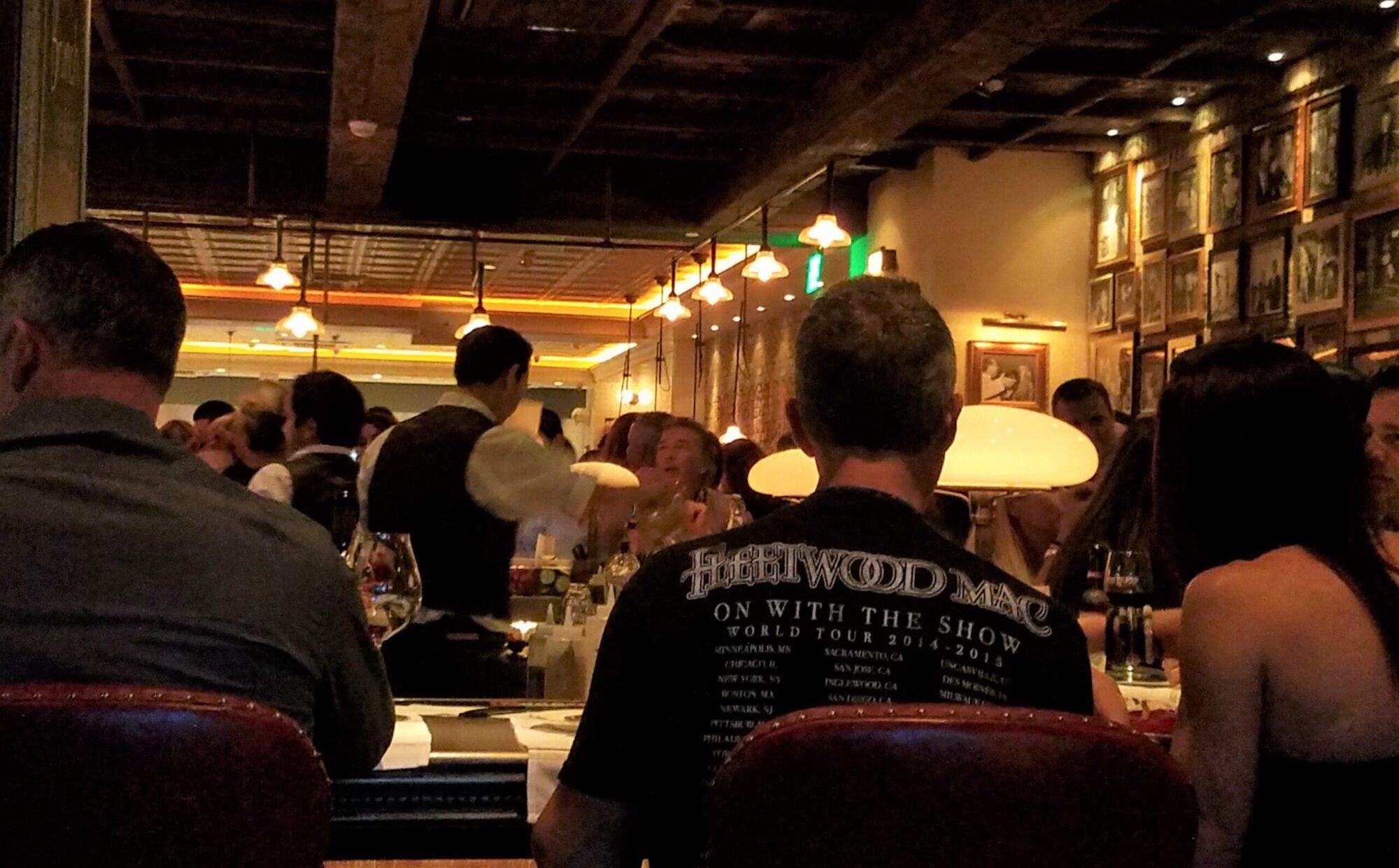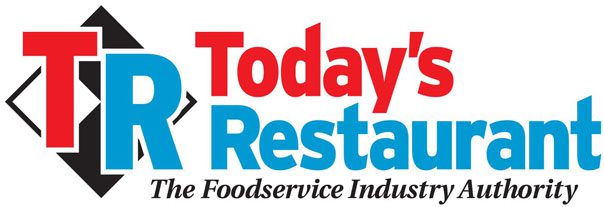
Survey reveals COVID-19 Will Change Consumer Engagement With Food
Consumers most concerned about the perceived health threat of other customers; dine-in to return slowly
Columbus, OH – Leading Columbus-based, national PR firm, Inspire PR Group, and full-service market research firm, Illuminology, has released the results of a nationwide survey, Eating 2020: How COVID-19 Will Change Consumer Engagement With Food, which gauged more than 1,800 U.S. consumers’ food purchasing trends before, during and after the COVID-19 stay-at-home restrictions.
Health and Safety is Top Consumer Concern
Key results indicate that health and safety will remain a top concern for consumers once stay-at-home restrictions are lifted. The vast majority of those surveyed want restaurants to have employees wear face masks and encourage social distancing. However, when presented with all safety options, diners are most concerned about the perceived health threat posed by other customers, more so than employees.
“These findings contribute data to what we’ve believed to be true, that restaurants should prepare to meet consumer expectations for health and safety for some time to come,” said Hinda Mitchell, president of Inspire PR Group. “Clearly defined protocols around how these businesses will keep their customers safe – mostly from other customers – will be critical to restoring trust and confidence.”
Dine-In to Return (but Slowly)
Consumers who dined in at restaurants before the pandemic are likely to return when restaurant-specific orders lift – and that’s good news for U.S. restaurants. However, projections suggest that there could be a 20 percent difference in dine-in traffic over pre-COVID-19 levels. Also, restaurants that focus more on quality dine-in experiences (e.g. upscale restaurants, local/neighborhood restaurants, and fast casual restaurants) are more likely to return to pre-COVID-19 levels.
The research was conducted April 17-20, 2020, and surveyed 1,300 U.S. consumers and an additional sample of 500 Ohio consumers. The survey asked respondents about their restaurant and grocery behaviors in the first two months of 2020 before COVID-19 became a crisis in the U.S., behaviors during stay-at-home orders in April, and how consumers anticipate their behaviors will change in the first 60 days following when orders are lifted.
“Overall, these data tell a story of consumers’ changing purchase patterns before, during, and after an incredible shock to our economic and health systems,” said Orie Kristel, CEO of Illuminology. “Groceries and restaurants need to be especially cautious when planning their operations after COVID-19 stay-at-home restrictions are lifted. Although many customers likely crave a great dining or shopping experience, many customers are also concerned about potential monetary or health issues.”
Additional insights from the U.S. survey of 1,300 respondents revealed:
Restaurant Behavior Insights
- Thirty-seven percent of diners are extremely or very worried about getting sick from other customers if they eat a meal inside a restaurant.
- While carryout, drive-thru and food delivery nearly doubled from once every two weeks to once per week, frequency of these services is projected to decrease significantly after stay-at-home restrictions are lifted.
- All restaurant sectors, with the exception of fast food/QSR, saw dramatic decreases during COVID-19 restrictions, however most sectors are projected to see a return to pre-COVID-19 levels of visits.
- Restaurant spending is a concern, with more than 60 percent feeling they could not pay or would worry about paying $75 for a family dinner out, suggesting the pandemic’s economic toll is a continued impact on the sector.
- After COVID-19 restrictions lift, dine-in visits to restaurants will increase but not to pre-stay-at-home levels (45 percent of people will dine inside a restaurant soon after COVID-19 restrictions are lifted vs. 67 percent pre-COVID-19 restrictions).
Grocery Store Behaviors Will Change
- Although grocery chains saw a surge of new customers for online pickup and delivery orders in April 2020, these platforms are likely to see significant declines back to pre-COVID-19 levels or lower after stay-at-home restrictions are lifted. The survey found that of the recently acquired shoppers, more than one-third are unlikely to use online pickup and nearly half are unlikely to use online delivery when restrictions are lifted.
- Stockpiling extra nonperishable foods and household supplies is likely to continue, with four in 10 respondents saying they’re very likely to buy and store these items after stay-at-home restrictions are lifted.
- Consumers are fearful of other shoppers making them ill. Approximately 23 percent of shoppers most prefer that customers wear face masks and 18 percent prefer that the number of customers in the store be limited.
- When the shelter-in-place restrictions are lifted, in-store visits will increase, but online shopping will decrease or remain flat.
Consumer Behaviors from One of the Early States to Issue a Stay-at-Home Order
The research also sampled 500 respondents in Ohio, which was among the first wave of states to adopt the stay-at-home measures and has seen “flattening” of the case curve. Under the leadership of Governor Mike DeWine, Ohio has been notably aggressive in its response to COVID-19, and the state mounted a broad public information campaign to educate residents.
Although the consumer behaviors between the Ohio and national research draw many similarities, one significant finding is that Ohioans are statistically less likely to be extremely or very worried about getting sick from COVID-19 compared to the nation as a whole, 33 percent vs. 41 percent, respectively.
The full report and methodology can be downloaded at InspirePRGroup.com.
ABOUT INSPIRE PR GROUP
Inspire PR Group is a full-service public relations and digital agency that serves as a trusted partner to valued clients including nationally recognized brands, businesses, trade associations and non-profits. Inspire works across multiple sectors such as hospitality, restaurant, food and beverage, retail, non-profit, visitor and tourism, local government, agriculture, pets, energy and real estate. The agency is drawn to companies and organizations with strong social impact and sustainability goals. As part of its own efforts to give back, Inspire recently launched Inspiring Good, an annual grant program that provides pro bono PR services to local non-profits.
ABOUT ILLUMINOLOGY
Illuminology is a market research firm that applies time-tested and emerging methods from the social sciences of psychology and consumer behavior to the real-world settings of the marketplace and community. With valid and reliable data in hand, Illuminology identifies and clearly communicates the key “stories of the data” so its partners can make better decisions, change attitudes, and influence behavior. Headquartered in Columbus, Ohio and projecting across the United States, the firm provides custom-designed research and analytics that illuminate opportunities for our partners to grow smarter, communicate better, and strengthen communities.





Recent Comments